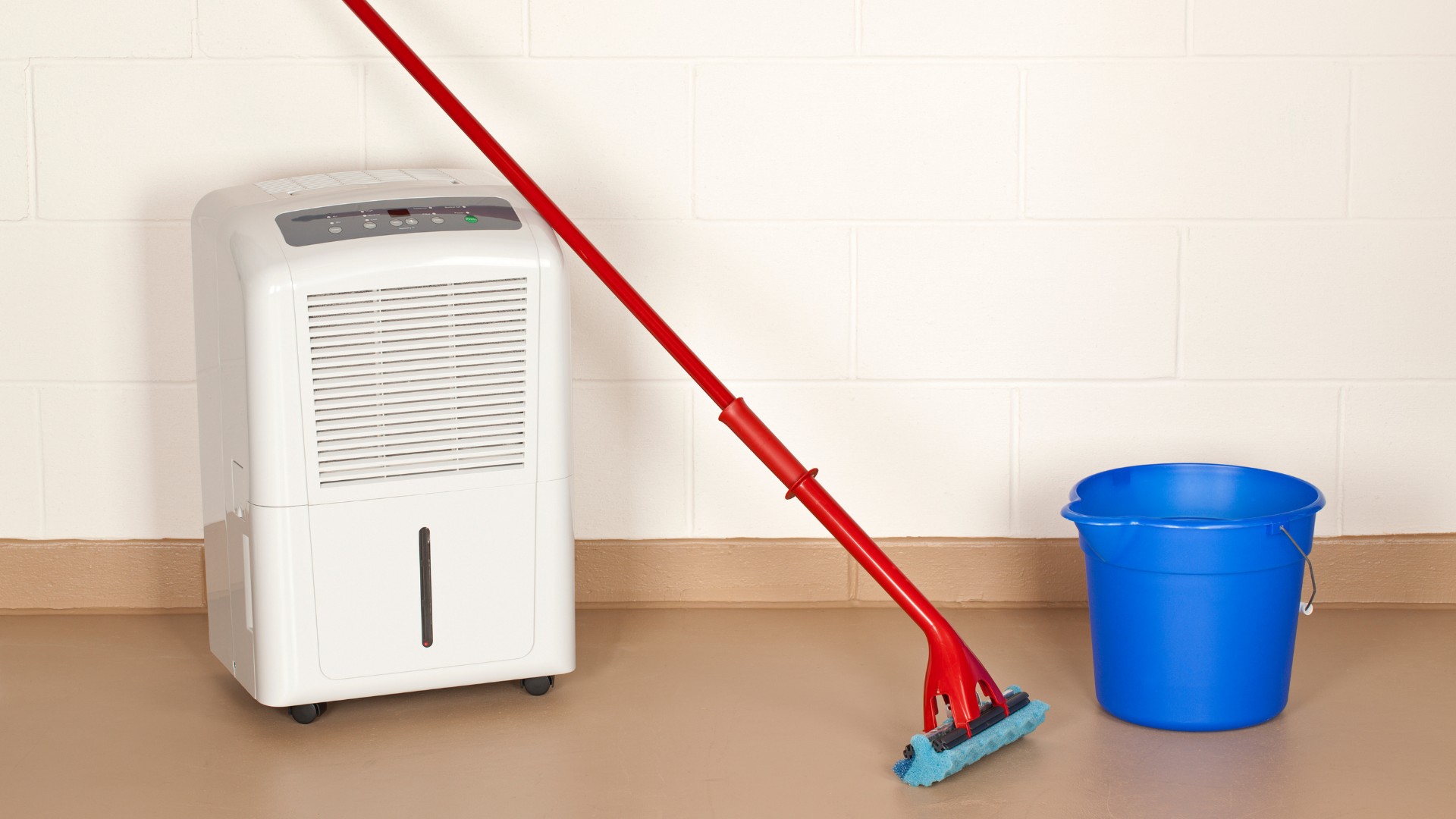

Articles
Why Use A Dehumidifier
Modified: March 1, 2024
Discover the benefits of using a dehumidifier in your home. Read our informative articles to learn how to improve air quality and prevent mold and mildew growth.
(Many of the links in this article redirect to a specific reviewed product. Your purchase of these products through affiliate links helps to generate commission for Storables.com, at no extra cost. Learn more)
Introduction
Welcome to the world of dehumidifiers, where comfort and health meet. In regions with high humidity levels, such as coastal areas or places with warm climates, excess moisture in the air can lead to a plethora of problems. From mold growth to musty odors and even health concerns, high humidity can be a real nuisance.
That’s where dehumidifiers come to the rescue. These handy devices are designed to remove excess humidity from the air, creating a healthier and more comfortable living environment. Whether you’re dealing with dampness in your basement, moisture in your bathroom, or excessive humidity throughout your home, a dehumidifier can be a game-changer.
In this article, we’ll explore the importance of using a dehumidifier, the effects of high humidity on your health, the benefits of having a dehumidifier, how these devices work, and some tips for choosing and maintaining a dehumidifier. So, let’s dive in and discover why dehumidifiers are a must-have for every homeowner.
Key Takeaways:
- Dehumidifiers are essential for creating a healthier living environment by preventing mold growth, improving air quality, and protecting belongings from moisture-related damage. Understanding their benefits and maintenance is crucial for optimal performance.
- High humidity can have adverse effects on health, but dehumidifiers offer relief by reducing allergens, preventing respiratory issues, and promoting better sleep. Choosing the right dehumidifier and regular maintenance are key for a comfortable and safe indoor environment.
Read more: When To Use A Dehumidifier
Understanding Humidity
Before we delve into the world of dehumidifiers, let’s take a moment to understand what humidity is and why it matters. Humidity refers to the amount of moisture present in the air. It is usually measured as a percentage and can vary depending on factors such as temperature and location.
High humidity occurs when there is an excessive amount of moisture in the air, resulting in that sticky, uncomfortable feeling. It can make you sweat more, cause your clothes to cling to your skin, and make it harder to cool down. On the other hand, low humidity can leave the air feeling dry, leading to issues like dry skin, irritated eyes, and static electricity.
Humidity levels vary throughout the year and can significantly impact our indoor environments. While some humidity is essential for our well-being, too much of it can spell trouble. Excess humidity can lead to problems such as mold and mildew growth, musty odors, and even structural damage to buildings.
One of the key factors to consider is relative humidity (RH), which is the amount of moisture the air holds compared to the maximum amount it can hold at a given temperature. The ideal relative humidity for indoor spaces is generally between 30% and 50%. Maintaining this range helps promote a comfortable and healthy living environment.
Understanding humidity and its effects on our surroundings is crucial for recognizing the need for a dehumidifier. By controlling the moisture levels in your home, you can create a more pleasant atmosphere and protect yourself from the negative consequences of excessive humidity.
Health Effects of High Humidity
Excessive humidity not only affects our comfort but can also have a significant impact on our health. Here are some of the health effects associated with high humidity:
- Mold and Allergies: High humidity creates an ideal breeding ground for mold and dust mites, both of which can trigger allergies and respiratory issues. Mold spores in the air can lead to allergic reactions, asthma attacks, and other respiratory problems. If you or your family members suffer from allergies or asthma, a dehumidifier can help reduce these triggers and provide relief.
- Respiratory Issues: Excessive moisture in the air can make it harder for our bodies to cool down through sweat evaporation. This can cause respiratory distress, especially for individuals with pre-existing conditions such as COPD (chronic obstructive pulmonary disease) or asthma. Additionally, high humidity can exacerbate symptoms of congestion, coughing, and wheezing.
- Bacterial Growth: Alongside mold, humid environments can promote the growth of bacteria. Bacteria thrive in moist conditions, and when they multiply, they can cause various health problems ranging from respiratory infections to skin irritation. By reducing humidity levels with a dehumidifier, you can help prevent the proliferation of harmful bacteria.
- Heat-related Illnesses: When humidity levels rise, it can impede the body’s ability to cool itself through the natural process of evaporation. This can lead to heat exhaustion or even heatstroke, especially in hot climates. By reducing humidity, a dehumidifier can complement your cooling systems and help maintain a comfortable and safe indoor temperature.
- Sleep Disturbances: High humidity can make it difficult to sleep comfortably. It can result in tossing and turning, restlessness, and waking up feeling tired. By creating a drier and more comfortable sleeping environment, a dehumidifier can contribute to a better night’s sleep, allowing you to wake up refreshed and rejuvenated.
These are just a few examples of the health effects that can arise from high humidity levels. By using a dehumidifier to maintain optimal humidity in your living space, you can mitigate these risks and promote a healthier environment for yourself and your loved ones.
Benefits of Using a Dehumidifier
Now that we understand the impact of high humidity on our health, let’s explore the numerous benefits of using a dehumidifier:
- Prevents Mold and Mildew: One of the primary benefits of a dehumidifier is its ability to prevent mold and mildew growth. Mold and mildew thrive in damp environments, and by reducing excess moisture in the air, a dehumidifier helps create an inhospitable environment for these harmful substances. This, in turn, protects your home from structural damage and keeps the air you breathe clean and mold-free.
- Improves Indoor Air Quality: Excess humidity can contribute to poor indoor air quality, leading to musty odors, lingering dampness, and the growth of allergens. A dehumidifier helps remove these unpleasant smells and allergens, improving the overall air quality in your home. This is especially beneficial for individuals with respiratory conditions or allergies, as it can alleviate symptoms and create a more comfortable living environment.
- Reduces Dust Mites and Allergens: Dust mites thrive in humid environments and can cause allergies and asthma symptoms. By keeping humidity levels in check, a dehumidifier inhibits the growth of dust mites and reduces the presence of allergens in your home. This is particularly advantageous for individuals with sensitivities to dust mites, as it can significantly improve their quality of life.
- Protects Furniture and Belongings: High humidity can damage wooden furniture, musical instruments, books, and other valuable possessions. The excess moisture in the air can cause warping, cracking, and deterioration. By maintaining an optimal humidity level, a dehumidifier safeguards your belongings, prolongs their lifespan, and saves you from costly repairs or replacements.
- Enhances Energy Efficiency: Excessive humidity can make your air conditioning system work harder to cool your home, leading to increased energy consumption and higher utility bills. By reducing humidity levels with a dehumidifier, you can ease the burden on your cooling system, improve energy efficiency, and save money in the long run.
- Reduces Condensation: Have you ever noticed condensation forming on windows, mirrors, or cold surfaces? This is a telltale sign of high humidity levels. By using a dehumidifier to control moisture in the air, you can minimize condensation and prevent issues like water damage and mold growth around your windows and other areas prone to moisture accumulation.
These are just a few of the many benefits of using a dehumidifier. By investing in this essential appliance, you can create a healthier, more comfortable, and safer living environment for you and your family.
How Dehumidifiers Work
Dehumidifiers work by removing moisture from the air, thereby reducing humidity levels in your home. Understanding how they operate can help you make an informed decision when choosing the right dehumidifier for your needs.
Typically, dehumidifiers use one of two main types of technology: refrigeration-based dehumidifiers or desiccant-based dehumidifiers.
Refrigeration-based dehumidifiers are the most common type and work similarly to air conditioners. They use a refrigeration cycle to extract moisture from the air. Here’s a breakdown of how they work:
- Air Intake: The dehumidifier pulls in humid air from the surrounding area.
- Condensation: The humid air passes over cool coils within the dehumidifier. As the air cools down, moisture condenses on the coils and drips into a collection tank or drainage system.
- Reheating: While the air is cooling and condensing moisture, it also passes over a warm heat exchange coil to maintain a comfortable temperature before being released back into the room.
- Moisture Removal: The collected moisture from the condensation process is either collected in a removable tank, which needs to be emptied periodically, or pumped out through a drainage system.
- Humidity Control: The dehumidifier continuously monitors the humidity levels in the room and adjusts its operations accordingly. Once the desired humidity level is reached, it will either go into standby mode or cycle on and off to maintain that level.
On the other hand, desiccant-based dehumidifiers use a desiccant material, such as silica gel, to absorb moisture from the air. Here’s how they operate:
- Absorption: Humid air is drawn into the dehumidifier, passing over a rotating wheel or other surface coated with the desiccant material.
- Moisture Absorption: The desiccant material absorbs the moisture from the air, trapping it within its structure.
- Regeneration: Once the desiccant material becomes saturated with moisture, it needs to be regenerated. This is achieved by heating the desiccant or supplying it with a dry air source to release the trapped moisture.
- Moisture Disposal: The released moisture is either collected in a separate container or drained out of the dehumidifier.
- Humidity Control: Similar to refrigeration-based dehumidifiers, desiccant-based dehumidifiers feature humidity sensors to monitor and adjust the humidity levels in the room.
Both types of dehumidifiers are effective in reducing excess moisture in the air. The choice between refrigeration-based and desiccant-based dehumidifiers depends on factors such as the climate, level of humidity, and specific needs of your environment.
Understanding how dehumidifiers work empowers you to make an informed decision and select the right dehumidifier that best suits your requirements.
Tip: Using a dehumidifier can help reduce moisture in the air, preventing mold and mildew growth, and improving indoor air quality. It can also help alleviate allergies and respiratory issues.Read more: Dehumidifier How To Use
Choosing the Right Dehumidifier
When it comes to choosing a dehumidifier, there are several factors to consider to ensure you select the right one for your specific needs. Here are some key points to keep in mind:
- Capacity: The capacity of a dehumidifier refers to the amount of moisture it can remove from the air in a 24-hour period, usually measured in pints. Assess the square footage of the area you want to dehumidify and choose a dehumidifier with an appropriate capacity. Larger spaces or areas with high humidity levels may require a higher-capacity unit.
- Humidity Level Control: Look for a dehumidifier with adjustable humidity settings. This allows you to set your desired humidity level and the dehumidifier will automatically cycle on and off to maintain it. This feature provides more precise control and energy efficiency.
- Drainage Options: Consider how you want the dehumidifier to drain the collected moisture. Some dehumidifiers have a built-in collection tank that needs to be manually emptied, while others offer the option of continuous drainage with a hose connected to a floor drain or pump. Choose the drainage method that suits your convenience and the layout of your space.
- Energy Efficiency: Look for dehumidifiers with an Energy Star certification, as they are designed to consume less energy compared to non-certified models. Energy-efficient dehumidifiers not only help reduce your environmental footprint but also save you money on your energy bills in the long run.
- Noise Level: Consider the noise level of the dehumidifier, especially if you plan to use it in living areas or bedrooms. Look for models that offer quiet operation, as this ensures that the dehumidifier doesn’t become a distraction or disturbance in your daily life.
- Additional Features: Some dehumidifiers come equipped with additional features to enhance convenience and functionality. These can include digital displays, remote controls, programmable timers, and built-in air filters that help improve indoor air quality. Consider which features are important to you and select a dehumidifier that offers them.
- Brand and Reliability: Do your research and choose a reputable brand known for manufacturing reliable and durable dehumidifiers. Reading customer reviews and checking the warranty offered can give you an idea of the product’s quality and longevity.
By considering these factors, you can narrow down your options and choose a dehumidifier that aligns with your specific requirements and preferences. Remember to consult the manufacturer’s specifications and sizing guidelines to ensure optimal performance and efficient operation.
Maintenance Tips for Dehumidifiers
To ensure that your dehumidifier operates at its best and continues to effectively remove moisture from the air, regular maintenance is essential. Here are some maintenance tips to keep your dehumidifier in top condition:
- Clean or Replace the Air Filter: Check the manufacturer’s instructions for your specific dehumidifier model, but in general, it is recommended to clean or replace the air filter every few months. A dirty filter can restrict airflow and reduce the efficiency of the dehumidifier. Regular cleaning or replacement ensures optimal performance.
- Clean the Water Tank or Drainage System: If your dehumidifier has a water tank, empty and clean it regularly to prevent the growth of bacteria or mold. If you have a drainage system, ensure that it is clear and free of clogs to allow the collected moisture to flow out properly.
- Check and Clean Coils: Over time, the coils in your dehumidifier can accumulate dust and debris, affecting its effectiveness. Check the coils periodically and gently clean them using a soft brush or cloth to remove any buildup. However, be careful not to damage the coils in the process.
- Inspect the Power Cord and Plug: Regularly inspect the power cord and plug for any signs of damage or wear. If you notice any fraying, cracking, or exposed wires, it is important to replace the cord or plug to avoid electrical hazards.
- Place the Dehumidifier in the Right Location: Position your dehumidifier in a location where it can efficiently pull in humid air. Avoid obstructing the air intake and ensure that there is ample space around the dehumidifier for proper airflow.
- Monitor and Adjust Humidity Levels: Continuously monitor the humidity levels in your home and adjust the settings on your dehumidifier accordingly. This helps maintain the ideal humidity range and prevents excessive moisture buildup.
- Regular Inspections: Periodically inspect your dehumidifier for any signs of damage, leaks, or unusual noises. Address any issues promptly to prevent further damage and ensure the longevity of your dehumidifier.
- Follow Manufacturer’s Guidelines: Lastly, always refer to the manufacturer’s instructions and guidelines for specific maintenance requirements for your dehumidifier model. Different models may have different maintenance recommendations, so it’s important to follow the guidelines provided.
By following these maintenance tips, you can keep your dehumidifier running smoothly, improve its longevity, and ensure that it continues to create a comfortable and healthy living environment in your home.
FAQs about Dehumidifiers
Dehumidifiers can be complex appliances, and it’s natural to have questions about their operation, benefits, and maintenance. Here are some frequently asked questions about dehumidifiers:
- Q: When should I use a dehumidifier?
- Q: How do I know if I need a dehumidifier?
- Q: What’s the ideal humidity level in a home?
- Q: How often should I run my dehumidifier?
- Q: Can a dehumidifier help with allergies?
- Q: How long do dehumidifiers last?
- Q: Are dehumidifiers noisy?
- Q: Do dehumidifiers consume a lot of energy?
A: Dehumidifiers are typically used in areas with high humidity levels or where excessive moisture is a problem. This can include basements, bathrooms, laundry rooms, crawl spaces, or any area prone to moisture accumulation and dampness.
A: Signs that indicate the need for a dehumidifier include condensation on windows, musty odors, mold or mildew growth, warped furniture, or respiratory symptoms like allergies or asthma that worsen in certain areas of your home.
A: The ideal relative humidity for indoor spaces is generally between 30% and 50%. Maintaining this range helps promote a comfortable and healthy living environment while preventing issues like mold growth and structural damage.
A: The frequency of running your dehumidifier depends on factors such as humidity levels, the size of your space, and the capacity of the dehumidifier. It’s recommended to run the appliance when humidity levels exceed 50% or when you notice signs of excessive moisture.
A: Yes, a dehumidifier can help with allergies by reducing the presence of allergens such as dust mites and mold spores. By maintaining optimal humidity levels, it creates an environment that is less conducive to the growth of allergens and can alleviate allergy symptoms.
A: The lifespan of a dehumidifier can vary depending on factors such as usage, maintenance, and the quality of the appliance. On average, well-maintained dehumidifiers can last for about 5 to 10 years.
A: Dehumidifiers can produce some level of noise, but the noise level varies depending on the model and brand. Look for dehumidifiers that offer quiet operation or noise-reduction features if noise is a concern for you.
A: The energy consumption of a dehumidifier depends on factors such as its capacity, usage time, and energy efficiency rating. Energy Star certified dehumidifiers are designed to be more energy-efficient and can help lower energy consumption compared to non-certified models.
If you have more specific questions about using, maintaining, or choosing a dehumidifier, it’s always recommended to consult the manufacturer’s instructions or reach out to their customer support for assistance.
Conclusion
Dehumidifiers play a vital role in maintaining a comfortable and healthy living environment by reducing excess humidity levels. These appliances offer numerous benefits, from preventing mold growth and improving indoor air quality to protecting your belongings and promoting energy efficiency.
Understanding the impact of high humidity on our health and the functionality of dehumidifiers empowers us to make informed choices. By choosing the right dehumidifier, considering factors such as capacity, humidity level control, drainage options, energy efficiency, and additional features, we can ensure optimal performance and effectiveness.
Regular maintenance of your dehumidifier, such as cleaning or replacing the air filter, inspecting and cleaning coils, and monitoring humidity levels, is crucial to its longevity and efficiency. Following manufacturer’s guidelines and periodic inspections help keep your dehumidifier in top condition.
By using a dehumidifier, we can create a more comfortable and healthier living space, free from the problems associated with excessive moisture, such as mold, allergens, and heat-related issues. Whether you live in a coastal area, a humid climate, or simply experience dampness in certain areas of your home, a dehumidifier can make a significant difference in your overall well-being.
So, consider investing in a dehumidifier and take control of your indoor environment. Say goodbye to musty odors, mold growth, and discomfort caused by high humidity, and enjoy a healthier and more pleasant living space.
Frequently Asked Questions about Why Use A Dehumidifier
Was this page helpful?
At Storables.com, we guarantee accurate and reliable information. Our content, validated by Expert Board Contributors, is crafted following stringent Editorial Policies. We're committed to providing you with well-researched, expert-backed insights for all your informational needs.
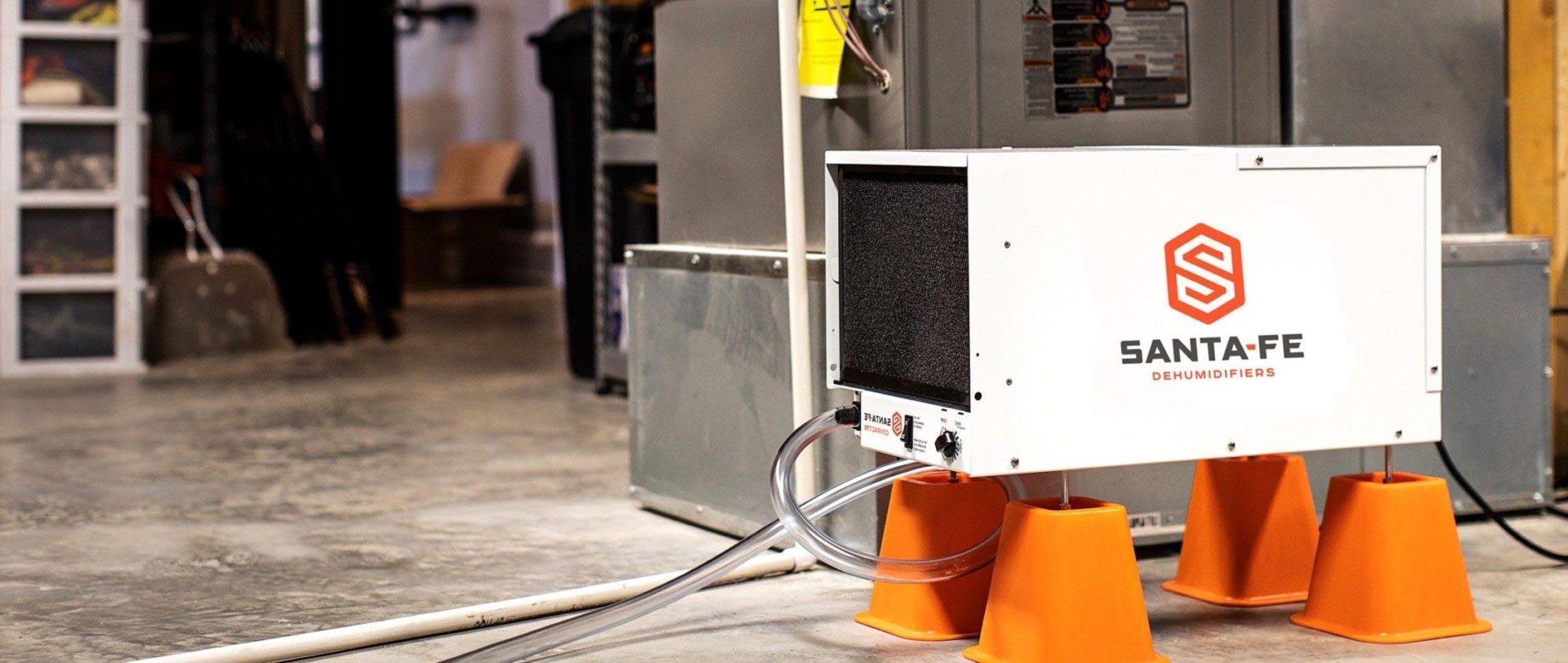
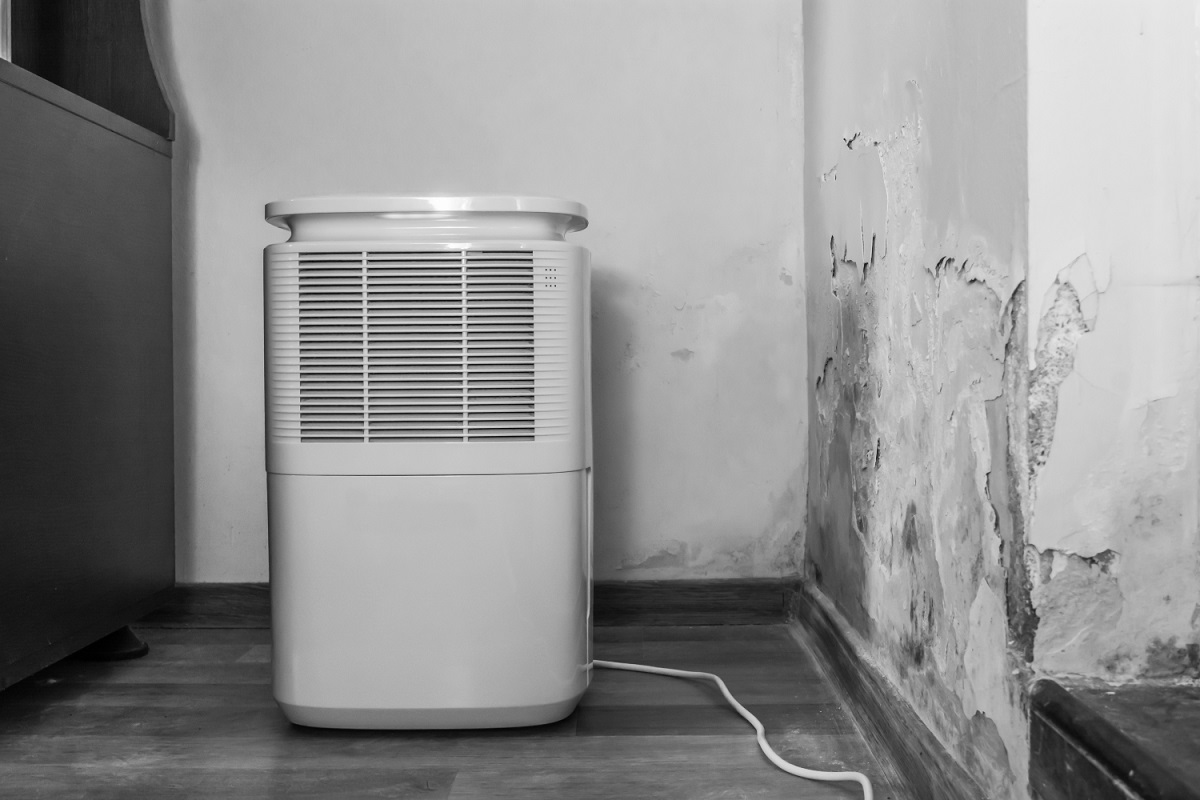

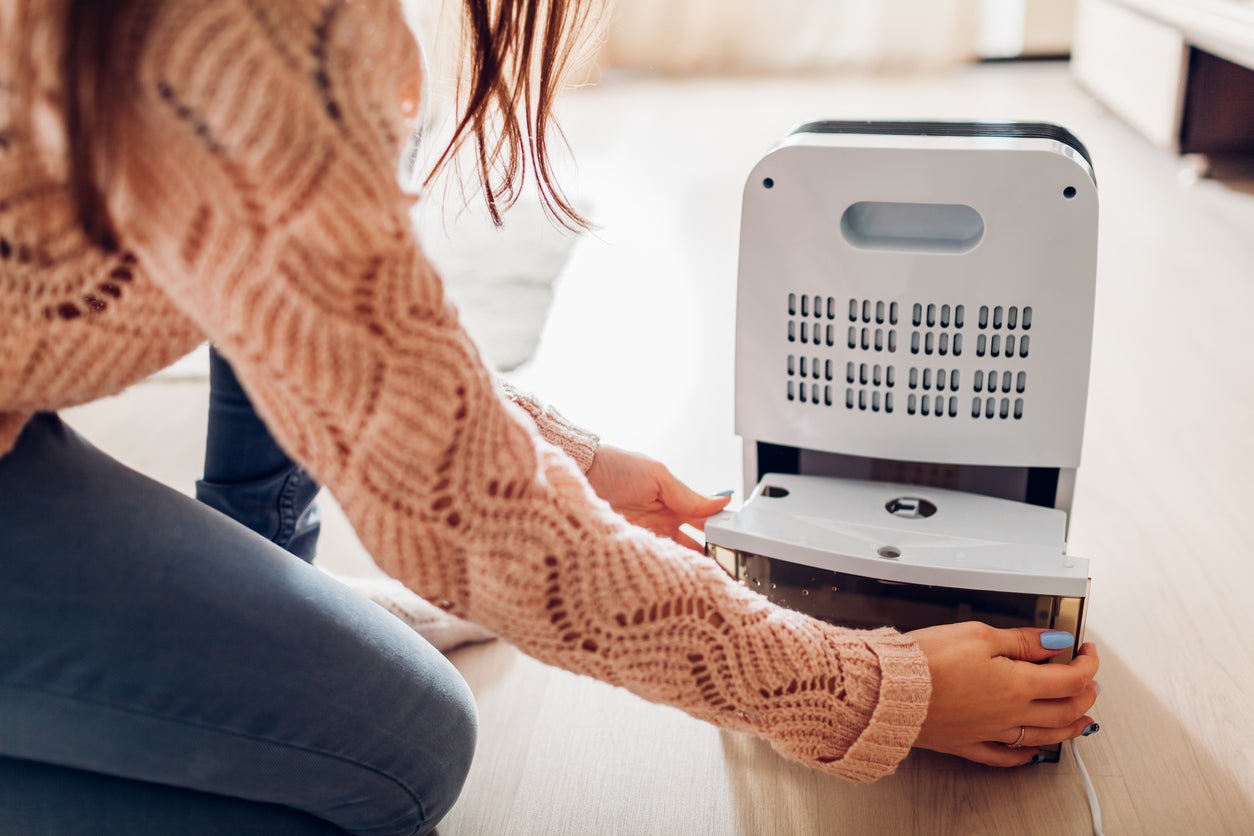
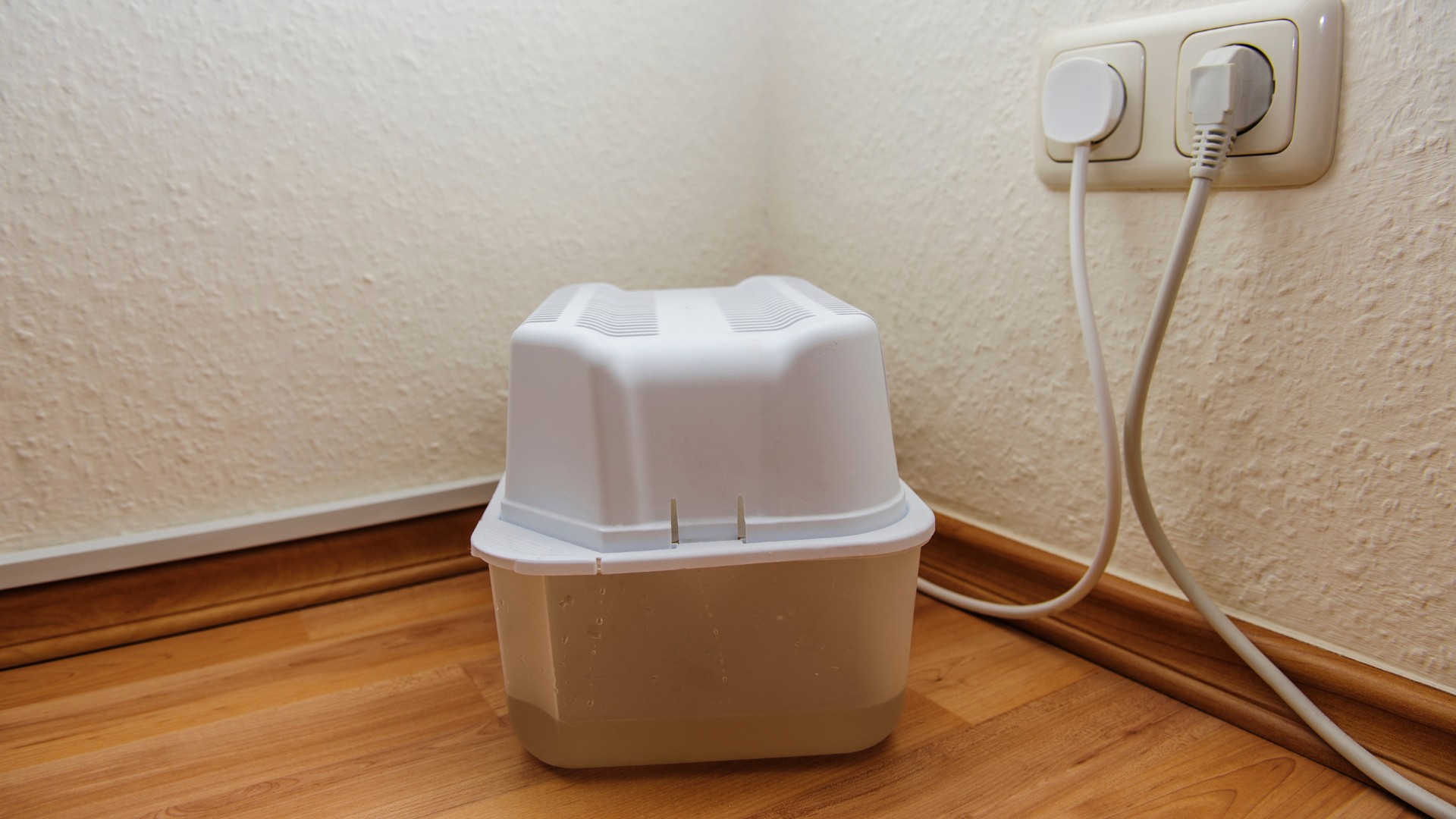
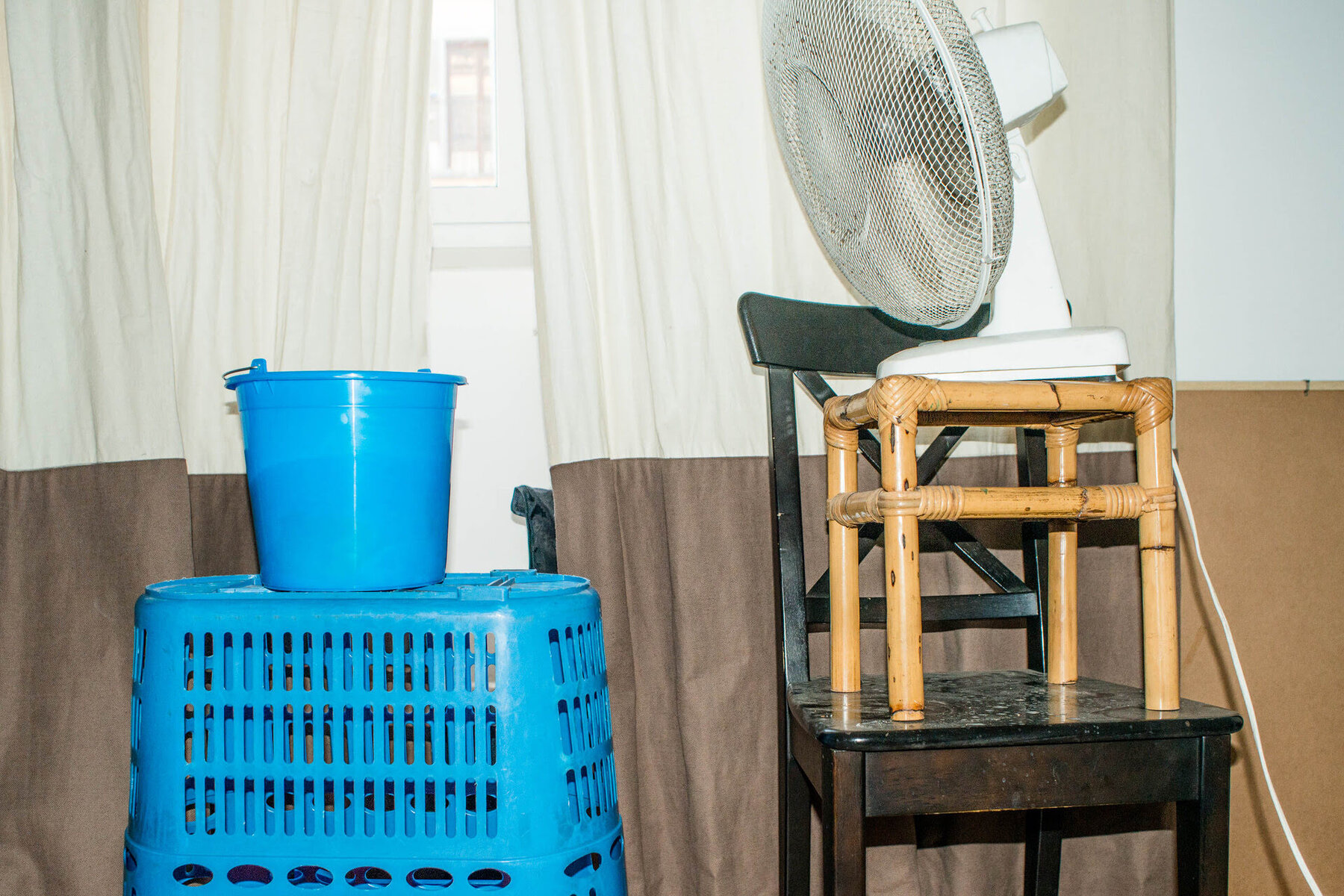
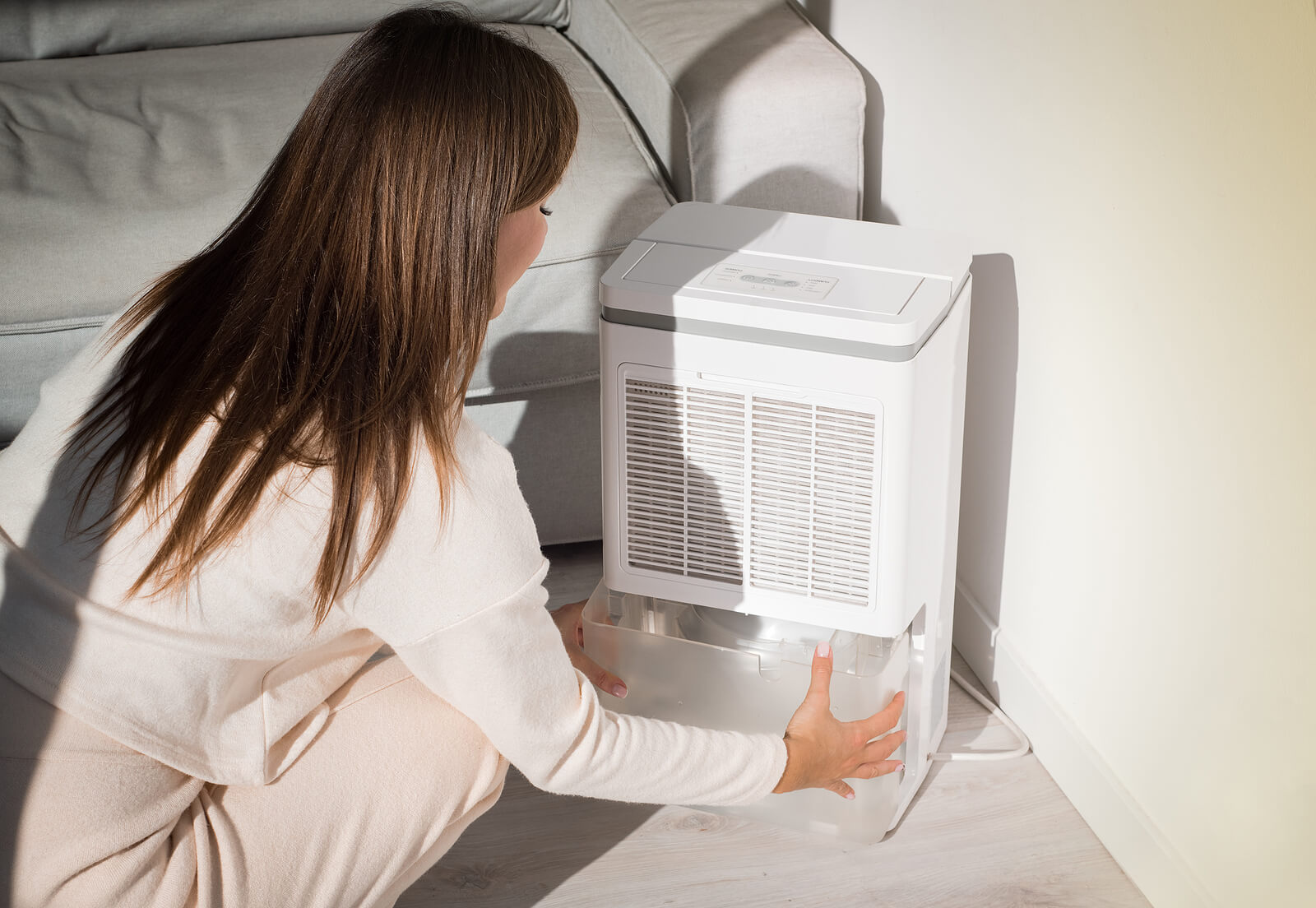
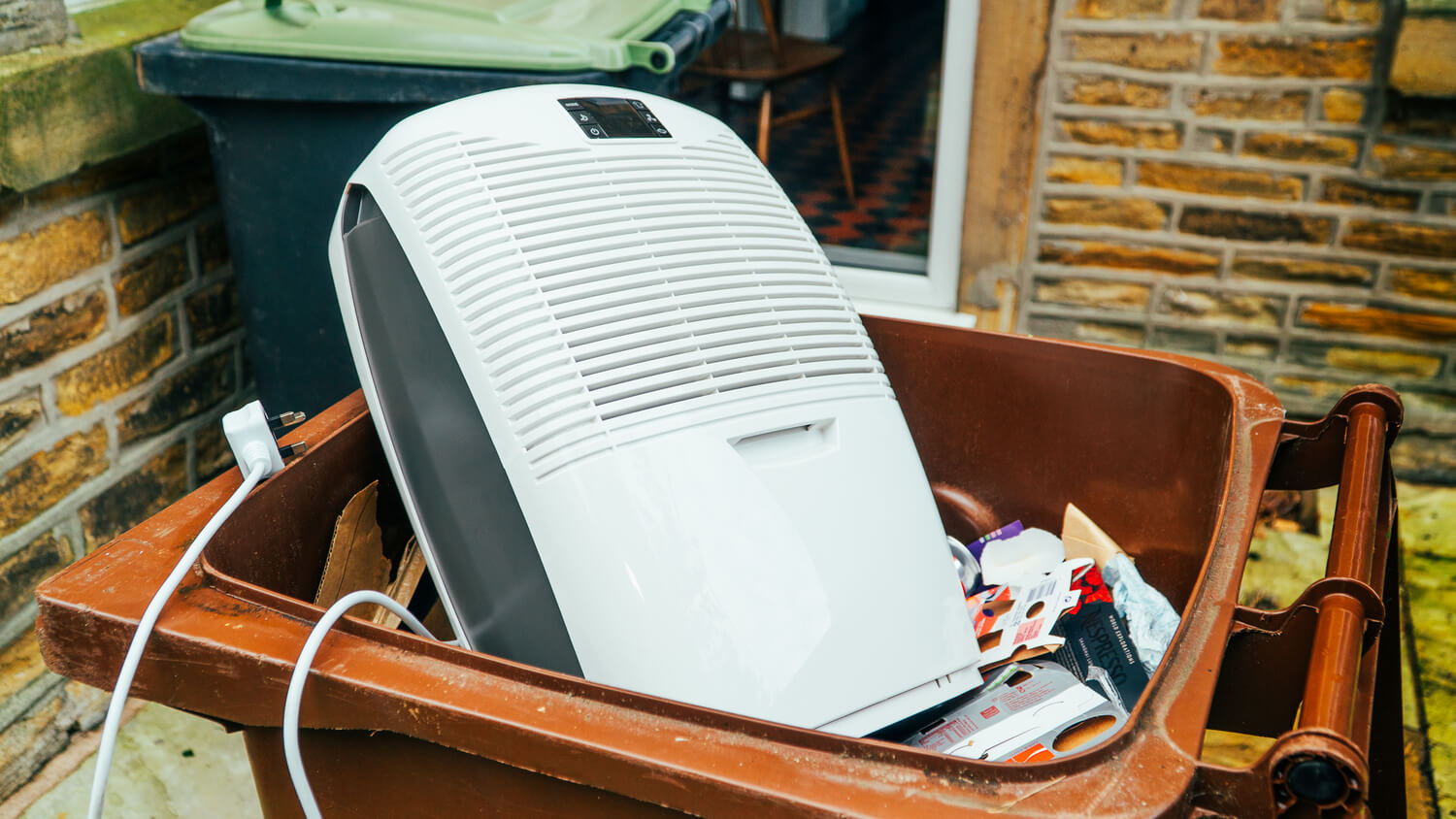
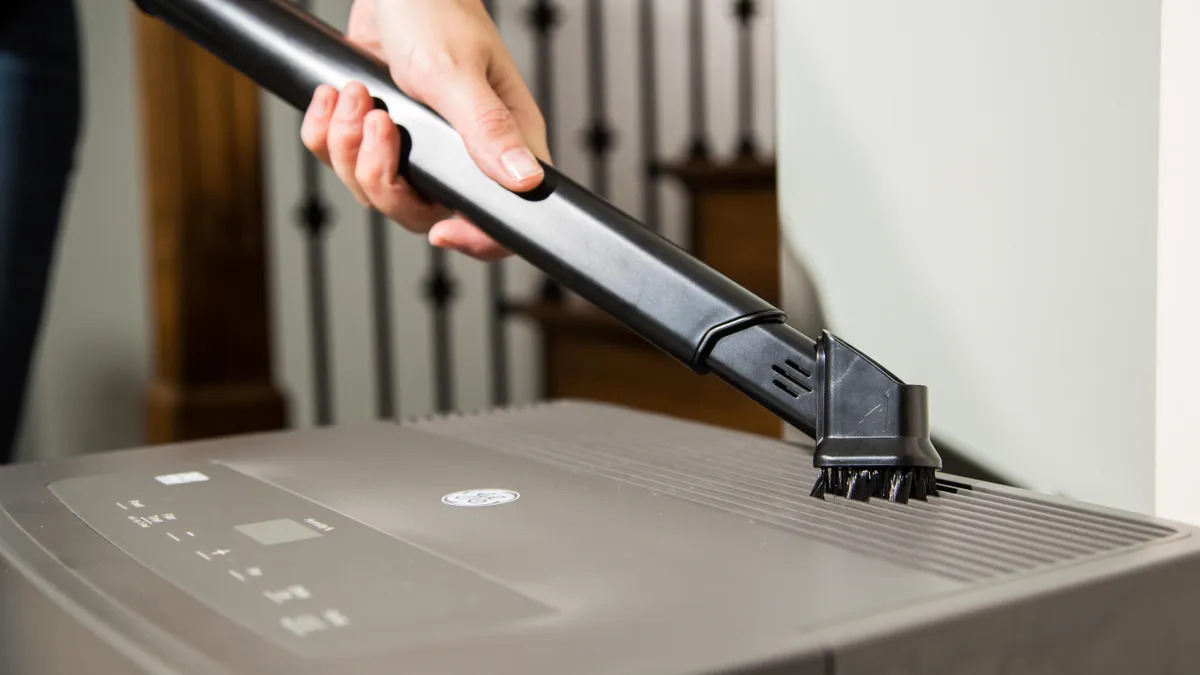
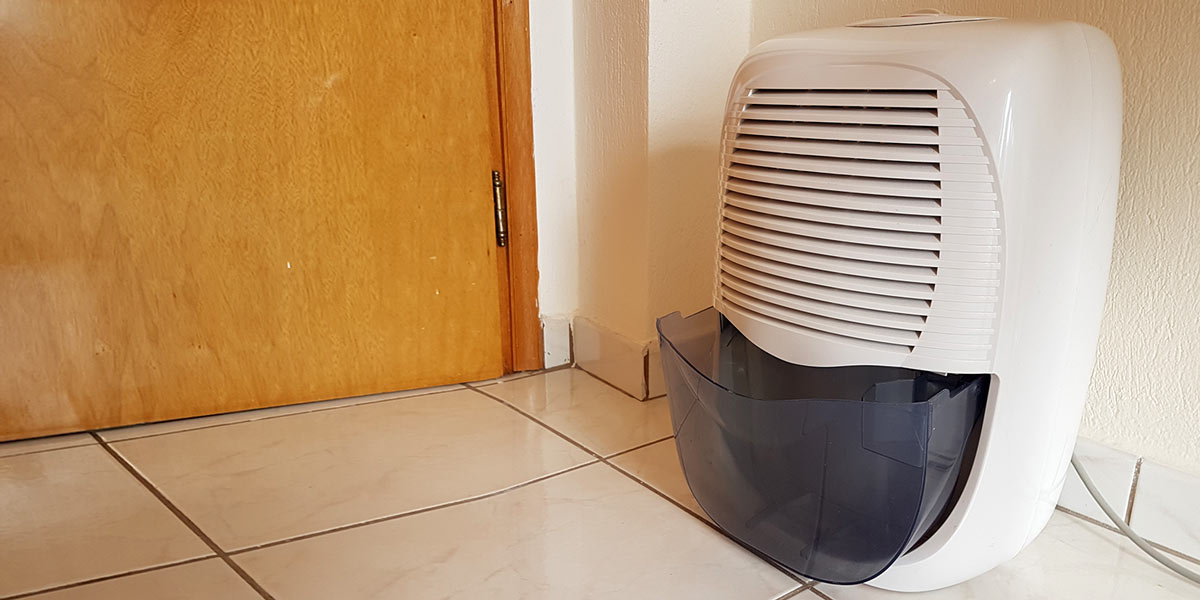
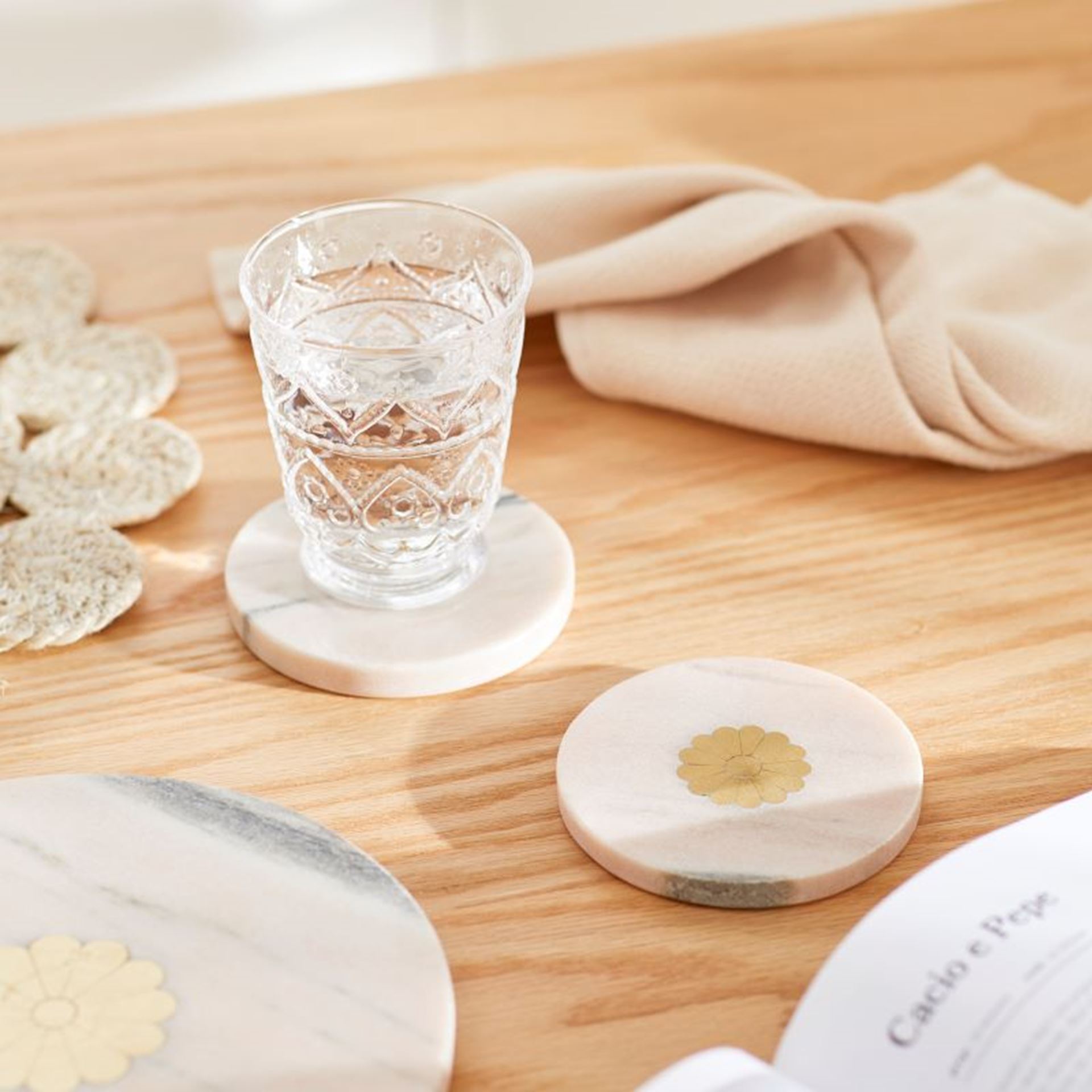
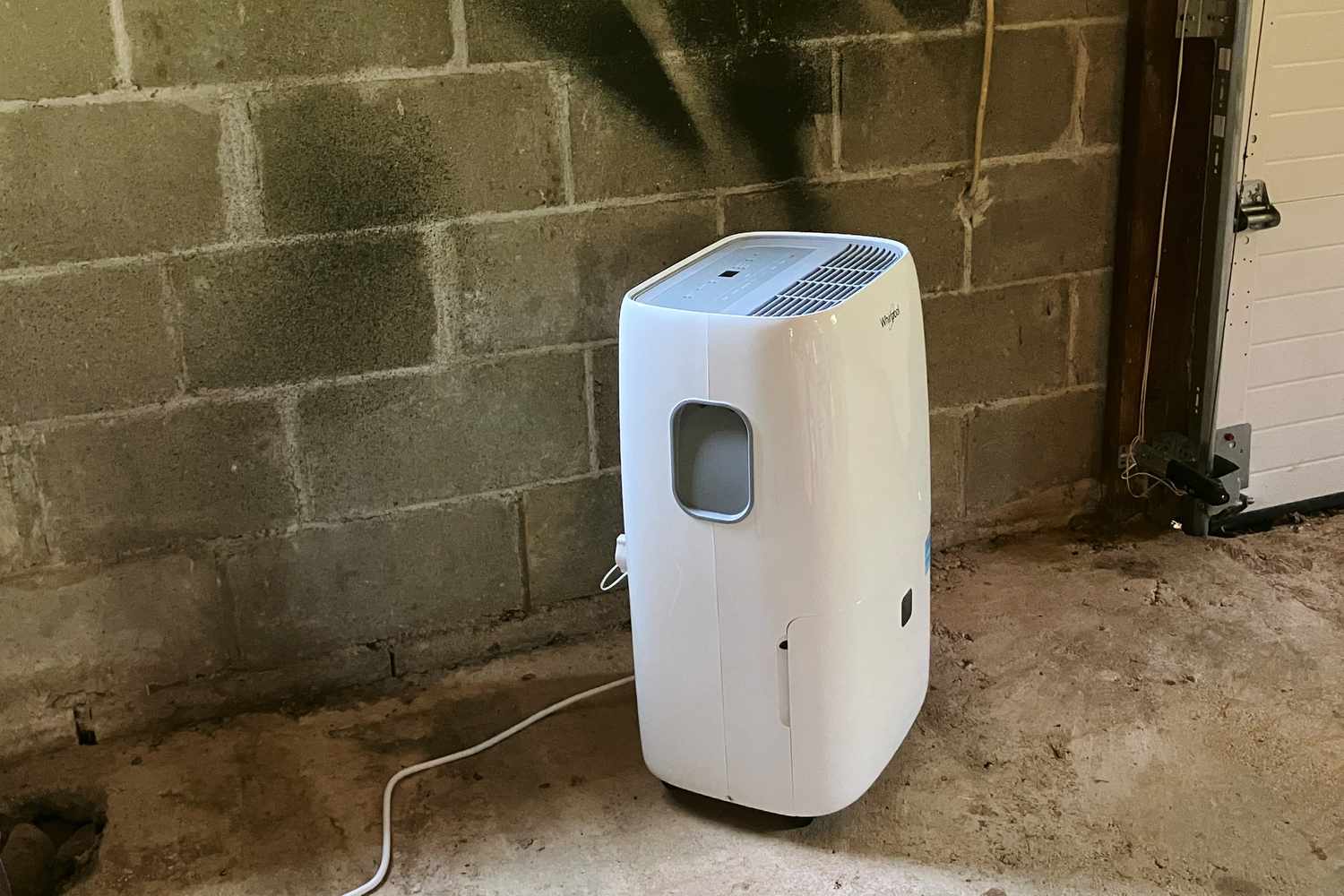
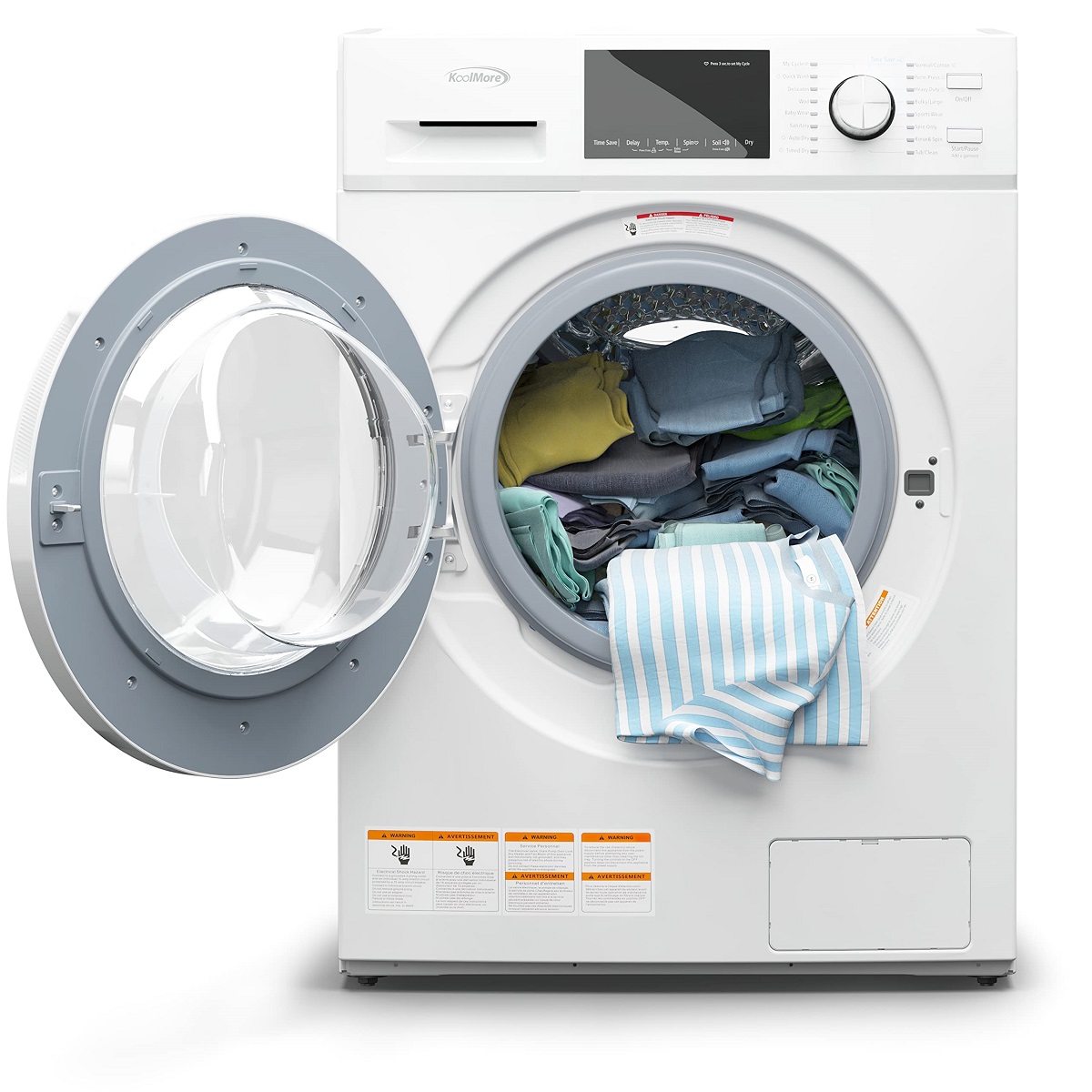
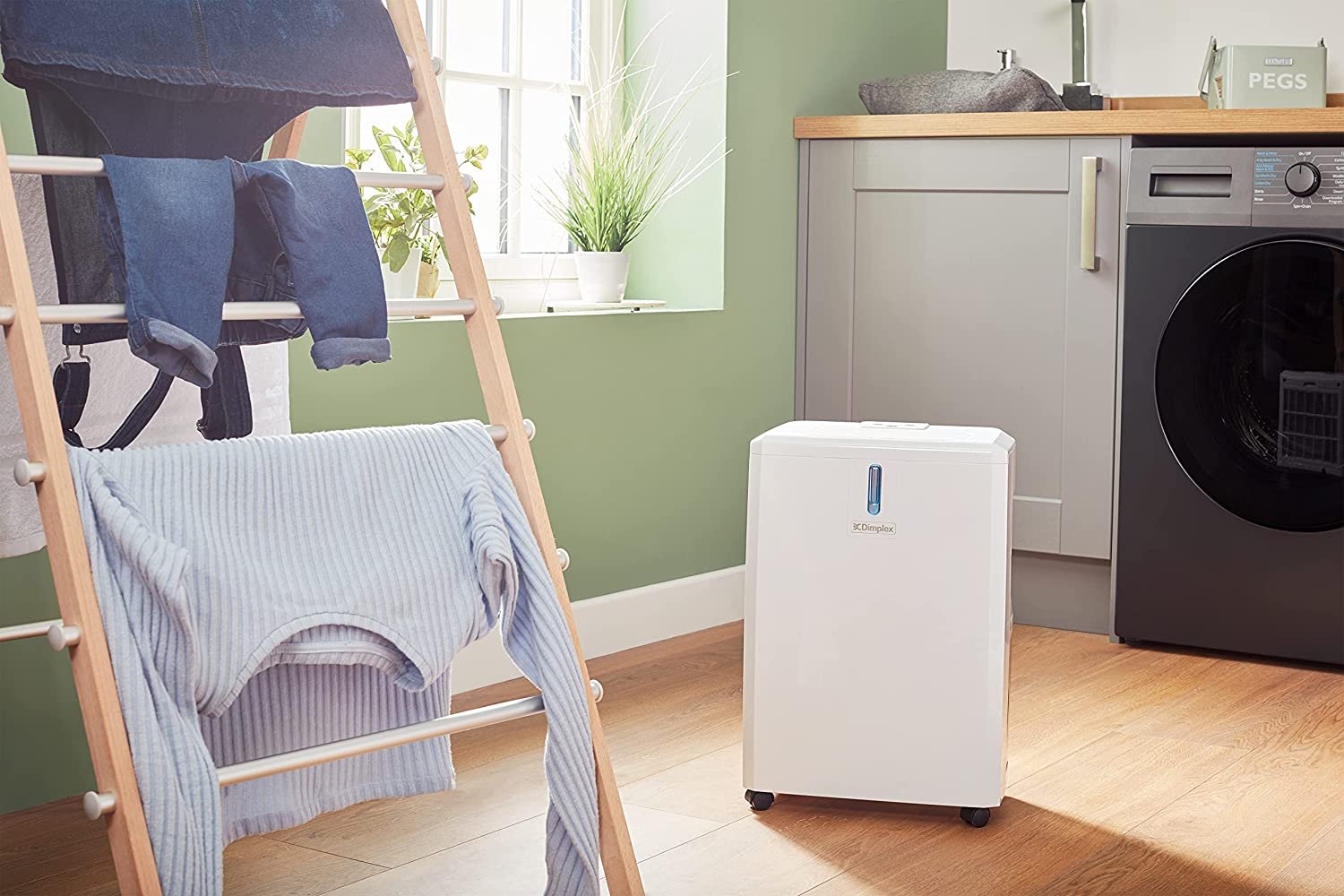

0 thoughts on “Why Use A Dehumidifier”